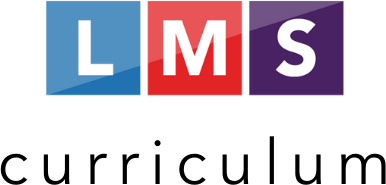Who Said It Was Simple
by Audre Lorde

Photo by Dagmar Schultz
Writing Workshop
Workshop Title: Exploitation
Step 1
Ask your students to think of a group of people who claim to support a certain cause, but actually exploit or take advantage of others within it. Then discuss.
Step 2
Start by watching the following overview of “white feminism.” Then read “Who Said It Was Simple” by Audre Lorde. When you’re done, briefly discuss how the video and the poem reflect one another.
Step 3
Say, “Choose a group of people – like Lorde did in her poem – that exploits the very cause that they claim to support. Come up a list of reasons as to how they exploit said cause (or its other supporters). Then try to comment on how this exploitation manifests itself as specifically as possible.” Then give your students time to brainstorm.
Step 4
Have your students write a poem – similar in sentiment to “Who Said It Was Simple” – that lambasts a group of people who exploit or take advantage of the people within the movement they claim to support.
Step 5
When the students are done, have them share their responses with one another.
Analytical Lesson
Area of Focus: Various
Step 1
This lesson allows students to analyze various concepts and skills, so it is recommended that you have covered several of the “standalone” lessons before assigning this one. The prominent literary devices & techniques that this particular poem includes are selection of detail, figurative language, tone, diction, and structure.
Step 2
Start by showing the following clip of a commencement speech by Michelle Obama. When you’re done, ask your students to discuss the elements that made it so convincing or persuasive.
Step 3
Show your students the following video to give them a brief overview of the three major persuasive appeals: ethos, pathos, and logos.
Step 4
Before you read the poem, preface it by saying that the following poem is written as a persuasive piece to provide commentary on a group of people within the feminist movement. Ask your students to pay attention to the persuasive intent behind the poem as you’re reading it. Then read “Who Said It Was Simple” by Audre Lorde.
Step 5
When you’re done with the poem, guide your students in conversation about the persuasiveness behind it. Start by asking them what was the overall intent of the poem. Then ask them what specific parts helped contribute to that message.
Step 6
Have your students open the following document and go over the instructions with them. In this assignment, your students are going to analyze the poem and identify the persuasive elements and techniques Audre Lorde utilizes to establish her stance. Then give your students time to work.
Step 7
When your students are done, have them share their responses with the rest of the class.
Essay Materials
Lesson Details
Lesson Info
Focus
- Various
Themes
- Class
- Education Formal / Informal
- Gender / Gender Identity / Gender Expression / Sexism
- History
- Labor / Work
- Race / Ethnicity / Racism
- Social Movements / Protest
Literary Tags
- Diction
- Figurative Language
- Selection of Detail
- Structure
- Tone
